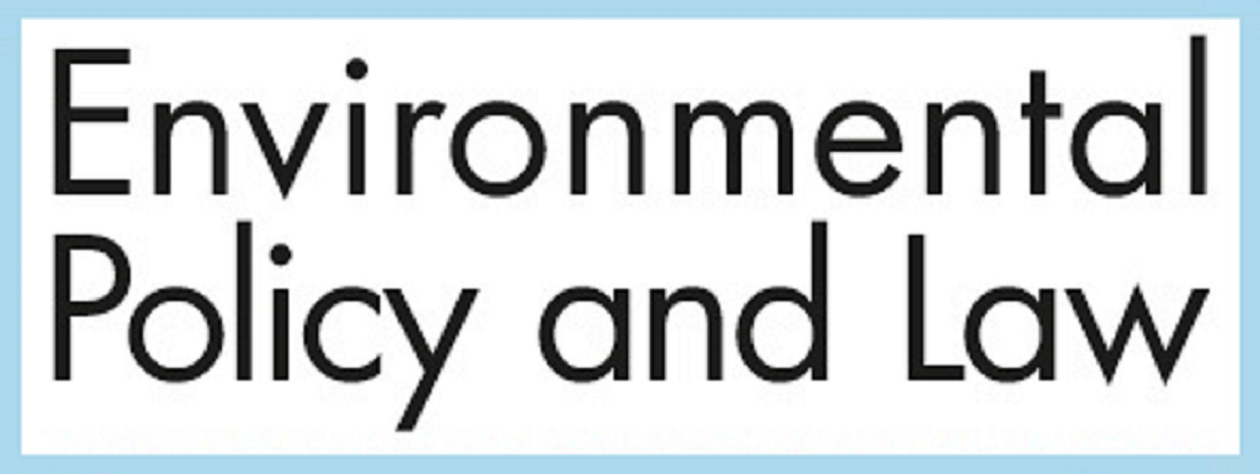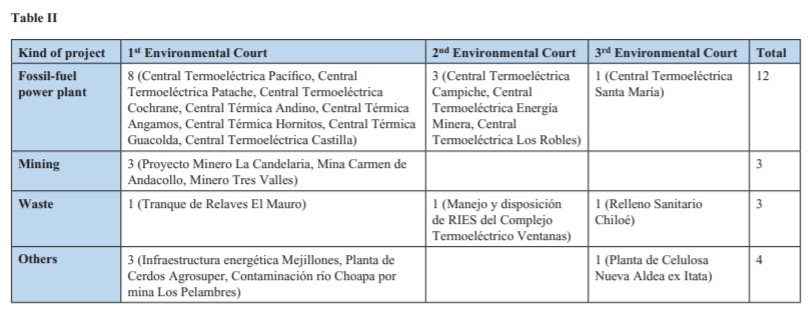The Polluter-Pays Principle in Environmental Impact Assessments: A Case of “Bipolar” Regulatory Failure (Chile)
Ezio Costa Cordella*
Central University of Chile, Santiago, Chile
*Corresponding author (contact: ecosta@derecho.uchile.cl)
EPL, Vol.47, Iss.5-6, pp.169-181, 2017

